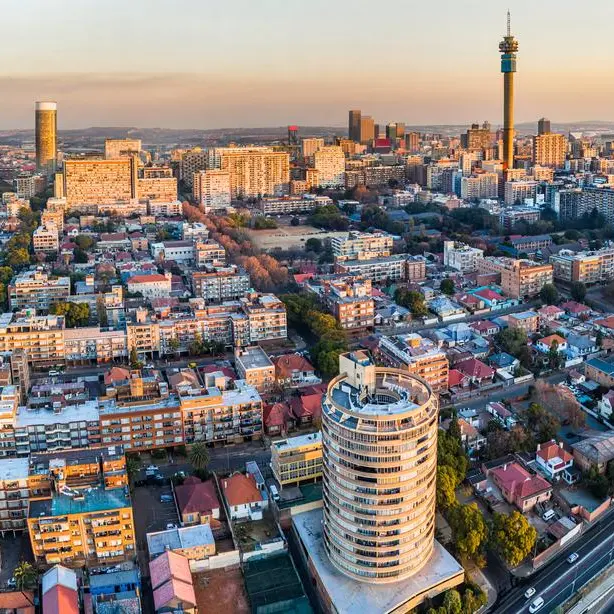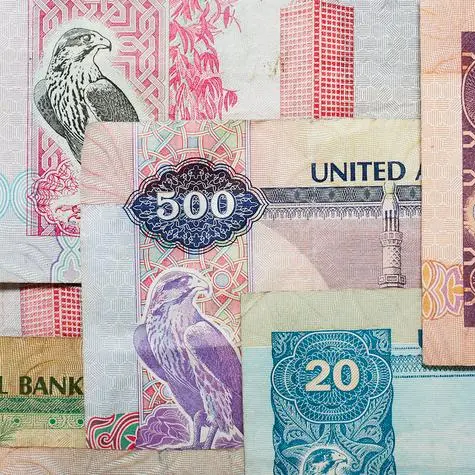PHOTO
“ZiG seeks to remonetize the economy to restore investor confidence and this will be done through restoring confidence in the currency itself,” Reserve Bank of Zimbabwe Deputy Governor Innocent Matshe said on Thursday in Johannesburg. “Key is achieving price and exchange-rate stability.”
The nation launched the ZiG – short for Zimbabwe Gold – in early April, marking its sixth attempt at a stable domestic currency since 2008, when inflation crossed billions of percent. Previous projects were similarly sunk by astronomical price pressures.
According to data released April 29, inflation was 57.5% in April, based on a blended measure of the now-abandoned Zimbabwean dollar and the US currency. ZiG-based inflation will be computed from May, the government says. But Matshe said price pressures were already cooling and the central bank sees them down to a 2% to 5% range by the end of the year.
Officials hope they’ve got it right this time by linking the unit to gold, while pledging not to print more ZiGs than can be covered by the nation’s reserves in order to finance government spending. That’s what destroyed previous attempts to float a local currency.
“This is a homegrown currency that will continue to engender confidence and trust in the Zimbabwean economy,” he told an investment conference. “The central bank will not be involved in financing the quasi fiscal activities of the government.”
Read more: Meet ZiG, Zimbabwe’s Latest Shot at a Stable Currency: QuickTake
The ZiG is backed by 2.5 tons of gold and $100 million in foreign currency reserves held by the central bank. The new unit’s introduction led policymakers to slash interest rates from 130%, a world record, to 20%.
The central bank began circulating ZiG notes and coins to the public this week. The largest denomination of the new local currency is 200 ZiG, worth $15, and authorities hope widespread uptake of the ZiG will help to reverse the local dominance of the greenback.
Central bank Governor John Mushayavanhu separately said the currency will probably gain against the dollar next month, because local companies will begin paying half of their taxes in the new unit.
“Come June when the government insists that people must pay their taxes — 50% in ZiG and 50% in other currencies — ZiG is going to be a sought after currency and its value is going to appreciate,” he told Star Fm radio in the capital, Harare.
The ZiG was quoted at 13.41 to the dollar on Thursday, according to central bank data on its website, compared with 13.56 per dollar on its April 8 launch.
© Copyright The Zimbabwean. All rights reserved. Provided by SyndiGate Media Inc. (Syndigate.info).























